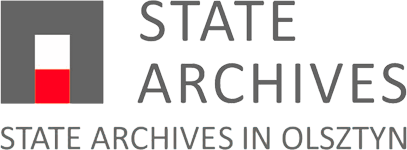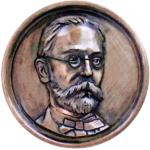Current issue
Online first
Special issues
Archive
About the Journal
Editorial Board
Editorial Council
Reviewers
Editorial guidelines
Publication ethics
Guidelines for reviewing
Remarks on “ghostwriting”
Copyrights and Open Access rule
GDPR Privacy Notice – for the authors of articles sent for publication in the "Komunikaty Mazursko-Warmińskie ("Masuro-Warmian Bulletin")
Contact
Price list
Simple forms of agricultural cooperation as covert methods of collectivisation
1
Instytut Historii Wydział Humanistyczny
Uniwersytet Warmińsko-Mazurski w Olsztynie
Online publication date: 2020-05-20
Publication date: 2020-05-20
KMW 2020;307(1):82-97
KEYWORDS
TOPICS
ABSTRACT
Along with the change in the agricultural policy in 1948 that was inspired by the Kremlin and imposed during the 2nd Cominform in Bucharest, the collectivisation of the rural area became a doctrinal issue in the agricultural policy of Communist states. Apart from the direct methods of collectivisation that concerned strong administrative and economic pressures towards the peasants, the authorities also undertook actions that were to introduce the production cooperatives in a more clouded manner. These included, among others, establishing self–help villages, joint agreements between the villagers and State Machinery Centres (Pol. Państwowe Ośrodki Maszynowe, POM) for machinery services for their fields, developing simple forms of agricultural cooperation in the arbitrarily created units for cultivation, grassland, farming, etc. These activities, aided by a system of con-cessions and preferences, brought certain results, especially towards the end of the discussed period. They prove the wide array of measures and methods used by the Communist authorities in their attempts at collectivisation.
Share
RELATED ARTICLE
We process personal data collected when visiting the website. The function of obtaining information about users and their behavior is carried out by voluntarily entered information in forms and saving cookies in end devices. Data, including cookies, are used to provide services, improve the user experience and to analyze the traffic in accordance with the Privacy policy. Data are also collected and processed by Google Analytics tool (more).
You can change cookies settings in your browser. Restricted use of cookies in the browser configuration may affect some functionalities of the website.
You can change cookies settings in your browser. Restricted use of cookies in the browser configuration may affect some functionalities of the website.




